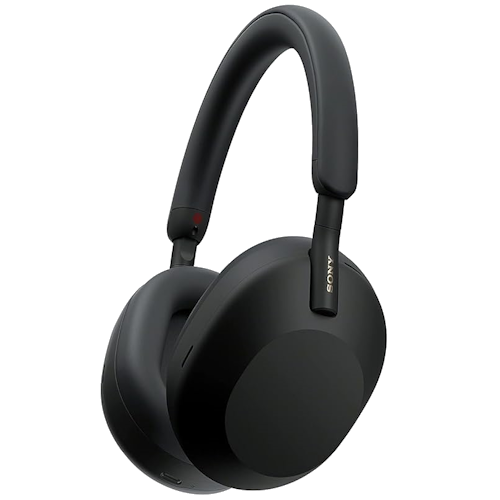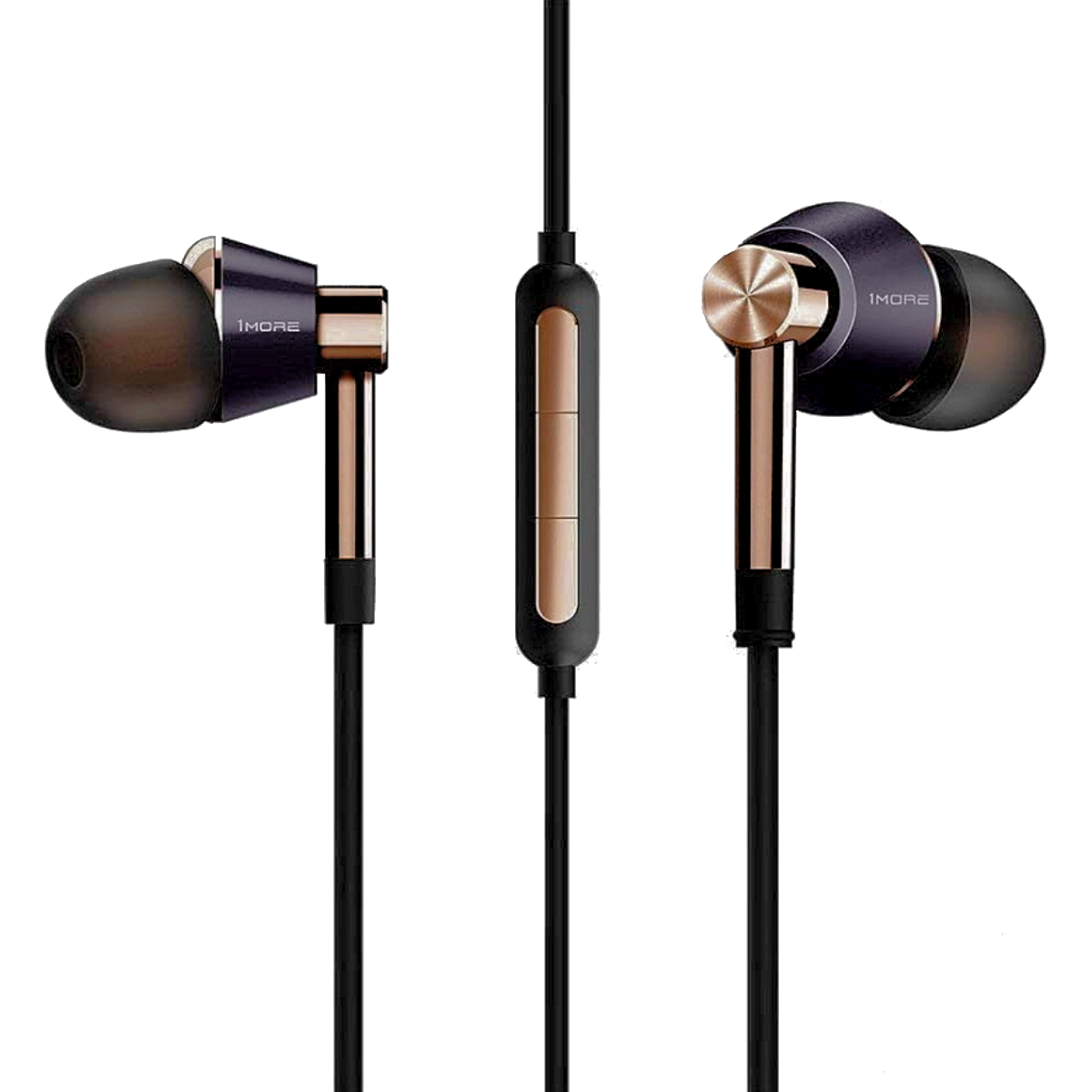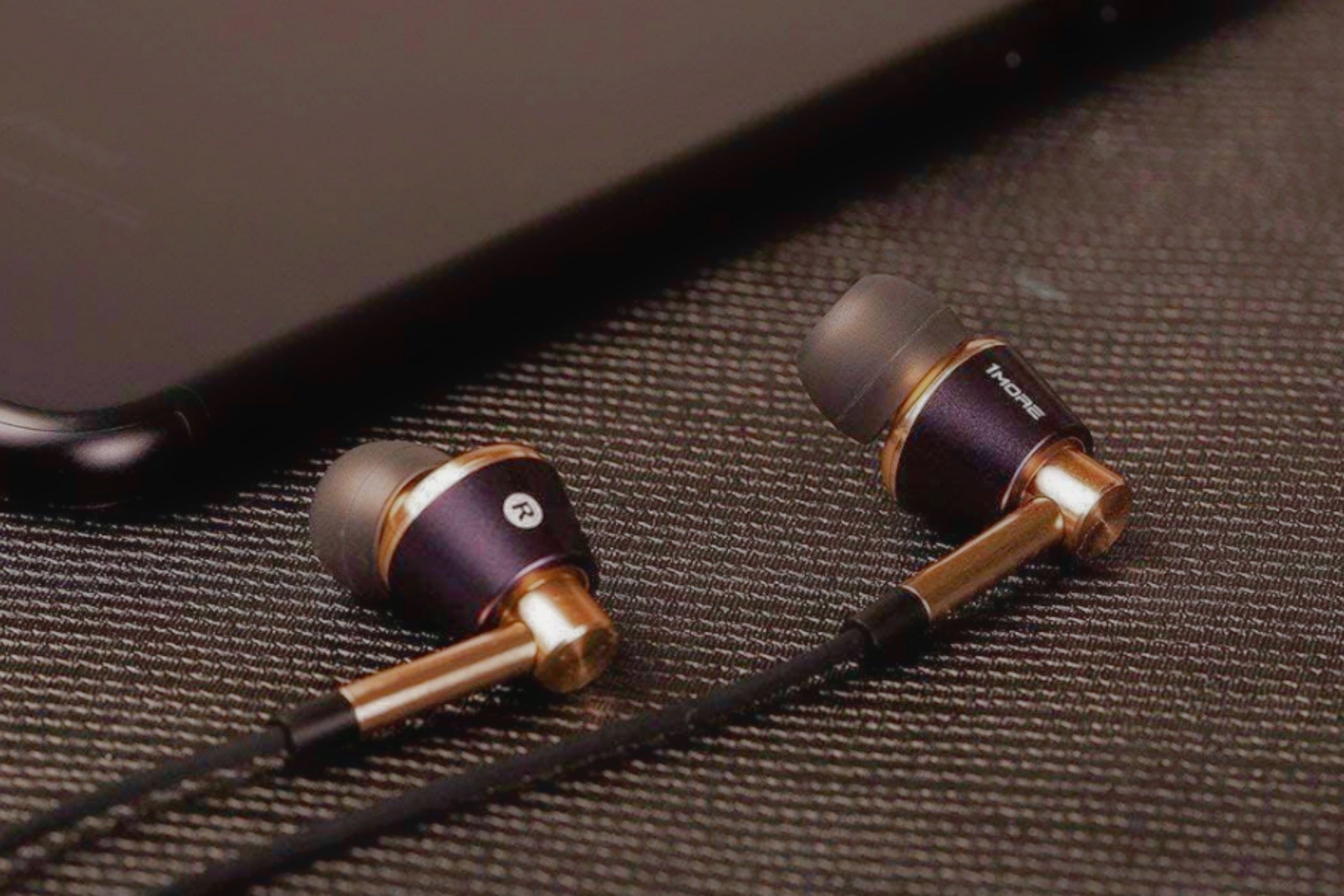There are few industries as full of snake oil and false promises as the audio world. Everyone wants your money in the pursuit for audio perfection, and often don’t care how they get it.
The good news is that you don’t have to be a chump who falls for things that are too good to be true. Here are six common gimmicks to avoid. Your wallet will thank you.
1
No Latency Bluetooth
If somebody, be it a headphone brand, a person selling you a pair of headphones, or a friend giving recommendation, ever tells you about headphones that have “no latency” Bluetooth, that should raise a red flag. Bluetooth has inherent latency, since the protocol requires data being transmitted to be encoded then decoded, which takes time to process. I.e. latency.
Some Bluetooth codecs have a bit less latency than others, but as it stands, there isn’t, and probably never will be, no latency Bluetooth. Even low latency Bluetooth codecs aren’t that low, you will still notice lag if you’re watching a video and listening with headphones that have a low latency codec. It’s just lower latency when compared to other codecs.
2
Paying More for Gold-Plated Cables
Sometimes you’ll see audio equipment that boasts gold-plated cables as a premium aspect of the product, and that is not something you should ever pay more for. Gold-plated cables don’t work any better than your average nickel-plated cable.
Plating on a cable is just there to prevent the copper underneath it from tarnishing. Since gold doesn’t tarnish or rust like copper does, it’s a good option for plating. But nickel, the most commonly found plating for cables, is also a great option, and it’s significantly cheaper than gold. Gold is also less durable than nickel.
3
Surround Sound Gaming Headphones
More and more gaming headphones advertise having surround sound, but most of these headphones utilize virtual surround sound using software alone, and very rarely do they utilize multiple drivers or head tracking.
Virtual surround sound relies on software and algorithmic means to simulate the feeling of surround sound and total immersion in a game, but it’s not anything like surround sound as experienced through a speaker system. Virtual surround sound also misses the mark for many people, and can often be more distracting than immersive.
So if you see a gaming headset that advertises 7.1 surround sound or anything like that, it should raise some questions. 7.1 surround sound needs a seven-speaker array and a subwoofer set up around a room. That’s certainly not going on inside a pair of gaming headphones, and you shouldn’t pay more for a gimmicky marketing tactic.

Related
2.1 vs 5.1 vs 7.1 Sound Systems: What’s the Difference?
Which audio system makes the most sense for your home theater?
Most people like a bit of a bass boost. Bass makes music feel more rhythmic and danceable, so a lot of extra bass couldn’t hurt, right? Wrong.
Not all bass boosts are made equally. Some headphones with a bit of a bass emphasis sound superb, like the Sony WH-1000XM5. But others can have so much of a bass boost that it overwhelms every other sound in a track, and can even sound blown out. You want to enjoy your music, not have it ruined by too much of a good thing. Some of these headphones also overcompensate for the bass boost by boosting the highs too much as well, making them sound tinny as well as too boomy.

5
Over-Emphasis on Driver Size or Quantity
When a company boasts that a pair of headphones has quad drivers or larger drivers than other headphones, that doesn’t always mean the sound quality is better than headphones with one driver on each side or with smaller drivers. A smaller driver that’s built well can sound better than a larger one that’s built worse, and one good-quality driver can sound a lot better than four worse-quality ones. Having separate drivers for different frequency ranges can be a nice feature, but it’s also easy for manufacturers to execute it poorly.

1MORE Triple Driver in-Ear Earphones
6
Water-Resistant Materials but No IP Rating
When you’re considering purchasing headphones or speakers that are water-resistant or waterproof, you want to make sure that what you’re buying has an actual IP rating and has been tested. IP ratings tell you what level of dust and water resistance a product has, and it has to undergo testing to get an IP rating. Without that, you can’t really be sure how much water it can withstand, if any.
An example of potentially misleading marketing with regard to water-resistance is the Jabra Elite 85h. It’s advertised as having a water-repellent coating, but it doesn’t have an IP rating. All the coating does is repel water, but that doesn’t mean it won’t wear away with time, and you can still have water get inside and damage internal components. Even more confusing is that Amazon has them labeled as “water-resistant,” which may lead people to think it can handle more moisture than it actually can.
With a critical eye and a bit of prior knowledge, you can avoid superfluous spending on features that don’t amount to much. Gimmicky features only seem to become more common with time, so it’s always reasonable to ask questions and investigate claims companies make about their product features.









